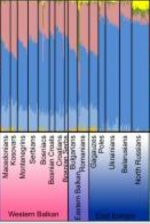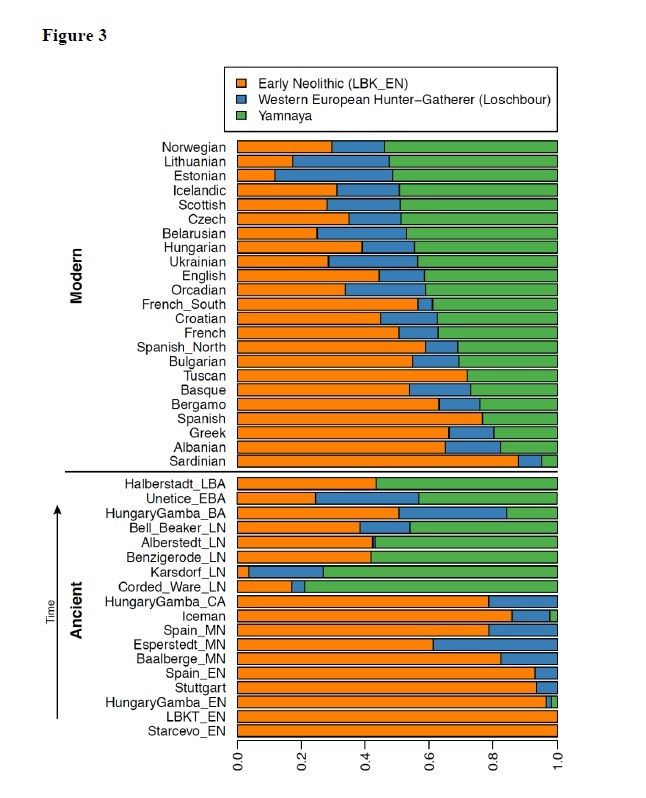I think you have plenty of information regarding E-V13 in this Thread if you read from the start to the end.
I wouldn't say there is "Albanian types E1b" nor for any other populations (as dna are pretty mixed to all populations).
E-V13 is 10,000 ybp and its a subcalde of M -78. Therefore there is non European E1b because E1b is very old 40,000 ybp. (everyone is descend from Africa if we go way back)
Also, we couldn't say (if we look at wording) if Croatians have E-V13 their ancestor is Albanian cause at those times of course there was no Albanians nor Greek. However, we can say that current populations of so called Albanians have highest E-V13 in the world (if we are talking about population or ethnicity) and are descent from E-V13.
Haplogroup E-V13 is the only lineage that reaches the highest frequencies out of Africa. In fact, it represents about 85% of the European E-M78 chromosomes with a clinal pattern of frequency distribution from the southern Balkan peninsula (19.6%) to western Europe (2.5%). The same haplogroup is also present at lower frequencies in Anatolia (3.8%), the Near East (2.0%), and the Caucasus (1.8%). In Africa, haplogroup E-V13 is rare, being observed only in northern Africa at a low frequency (0.9%).
—Cruciani et al. (2007)
In contrast, another major discovery relevant to the study of E-V13 origins was the announcement in Lacan et al. (2011) that a 7000 year old skeleton in a Neolithic context in a Spanish funeral cave, was an E-V13 man. (The other specimens tested from the same site were in
haplogroup G2a, which has been found in Neolithic contexts throughout Europe.) Using 7 STR markers, this specimen was identified as beingsimilar to modern individuals tested in Albania, Bosnia, Greece, Corsica, and Provence. The authors therefore proposed that, whether or not the modern distribution of E-V13 of today is a result of more recent events, E-V13 was already in Europe within the Neolithic, carried by early farmers from the Eastern Mediterranean to the Western Mediterranean, much earlier than the Bronze age.
Y haplogroup E1b1b (E-M35) in the modern Balkan population is dominated by its sub-clade E1b1b1a (E-M78) and specifically by the most common European sub-clade of E-M78, E-V13.[68]
The area in and around Albanian speaking regions has the highest known percentages E-V13 in the world, and it is thought that the majority of
E-V13 in Europe and elsewhere descend from a common ancestor who lived in the Balkans in the late Mesolithic or Neolithic, and that men of this lineage began to spread outside the Balkans as early as the Neolithic, or even as recently as the Roman era.[68][69][70][71][72][73]




